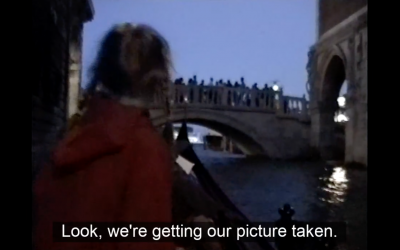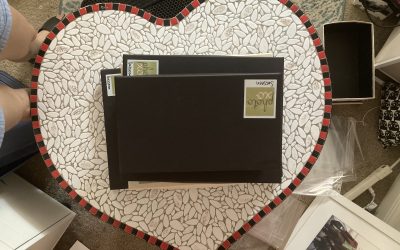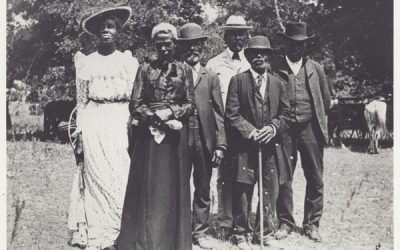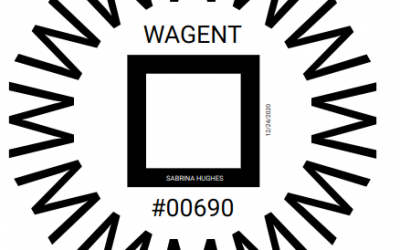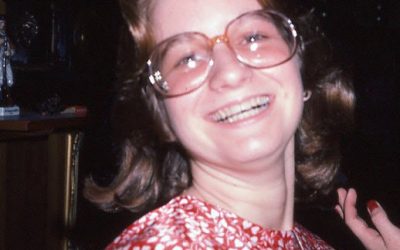Blog
You’re in photo albums all over the world
I was really tickled by this observation in a video project I was working on. Shared with my client's permission.
another finished photo archive
Thank you Stephanie for trusting me with your photos!
shipping
Interesting way to mail a single 35mm slide.
Feature in The Penny Hoarder
I was recently interviewed for a feature in The Penny Hoarder.
Emergency studio reno
In preparation for the Penny Hoarder feature, I had to spend the weekend making my studio MUCH more photogenic!
Historic Juneteenth photographs
Juneteenth (June 19) is the celebration of Emancipation following the end of the Civil War.
W.A.G.E.
I’m proud to work and pay in solidarity with W.A.G.E. and the workers it represents.
Personal Archiving
I recently made an effort to start working on my own personal archive (beyond the photos). It’s a big job.
What about *those* pictures
If there’s anything universal, it’s the fact that we all have photos that we individually find mortifying but that are no more or less different than any other picture.

